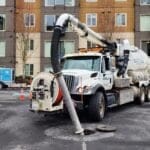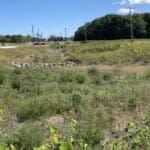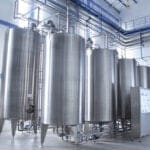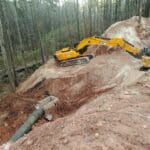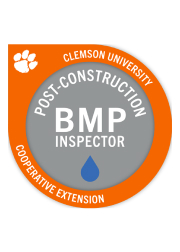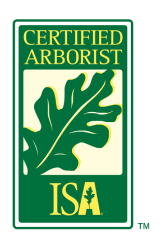Bioswales

Managing Bioswales
Bioswales are a common type of bioretention that can readily integrate into existing infrastructure to temporarily retain stormwater and remove pollutants in stormwater runoff. As the green stormwater infrastructure experts, AQUALIS has significant experience in the design, construction, inspection, rehabilitation and long-term maintenance of bioswales.
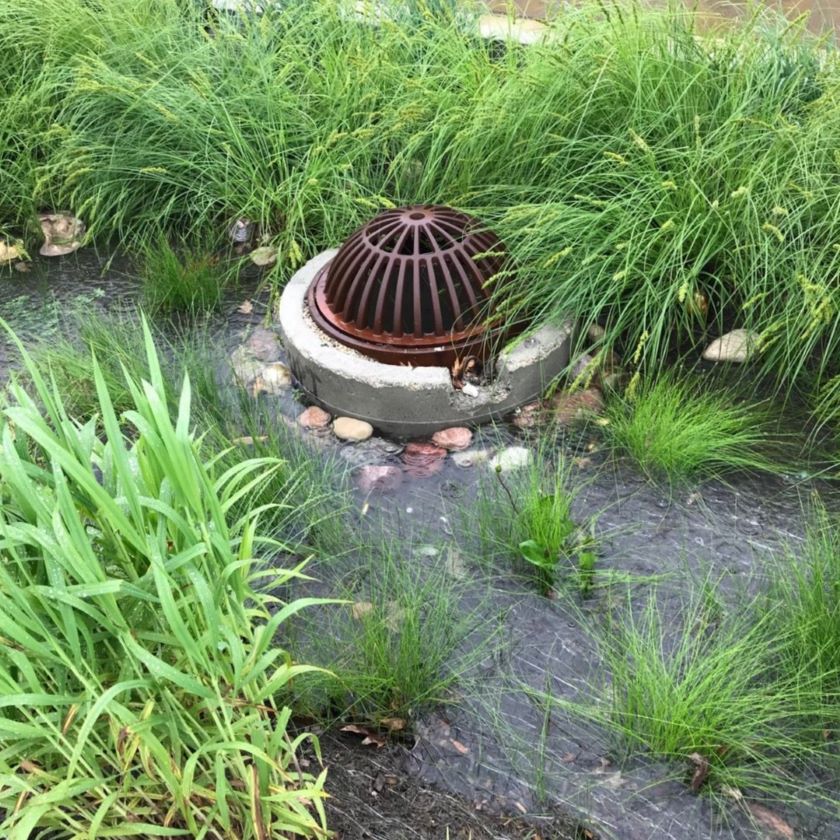
What are Bioswales
A bioswale or a biofiltration swale is a vegetated channeled depression or trench that captures and infiltrates stormwater runoff before it enters a stormwater drainage system. Commonly, bioswales are designed to store a certain volume before discharging stormwater to the storm sewer system. The vegetation and soil-media filter system serve to uptake and infiltrate stormwater, removing pollutants before they reach downstream water bodies.
Often in high traffic areas placed in small spaces, like the edges of sidewalks and street medians, these green areas can vary greatly in size and location, reducing erosion and slowing runoff as stormwater is filtered.
Bioswale Variation
There are several factors that help determine the best bioswale design for a site, including the soil infiltration rate, slope and ground water level. Bioswales are designed to empty in a certain period, and in most cases, an underdrain will be built beneath. The inclusion of an underdrain pipe is dependent on the soil permeability, as bioswales are not intended to remain wet for extended time periods. Once runoff filters through the bioswale, it will continue downstream by way of the underdrain.
Bioswale vegetation selection is important and can vary greatly. The climate and pollutant type and loads determine the vegetation planted in the system. Most bioswales contain native vegetation, which has deep roots and is tolerant to periods of drought and flooding. Ornamental vegetation and trees can also be planted in bioswales. Often coastal grasses are used in bioswales because they are tolerant to the high salt concentrations found in street runoff
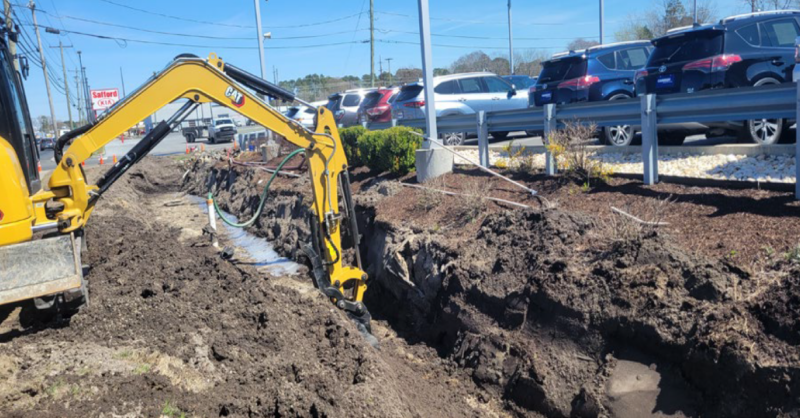
Plants are native to the region and picked to assist in the draining and filtering of stormwater.
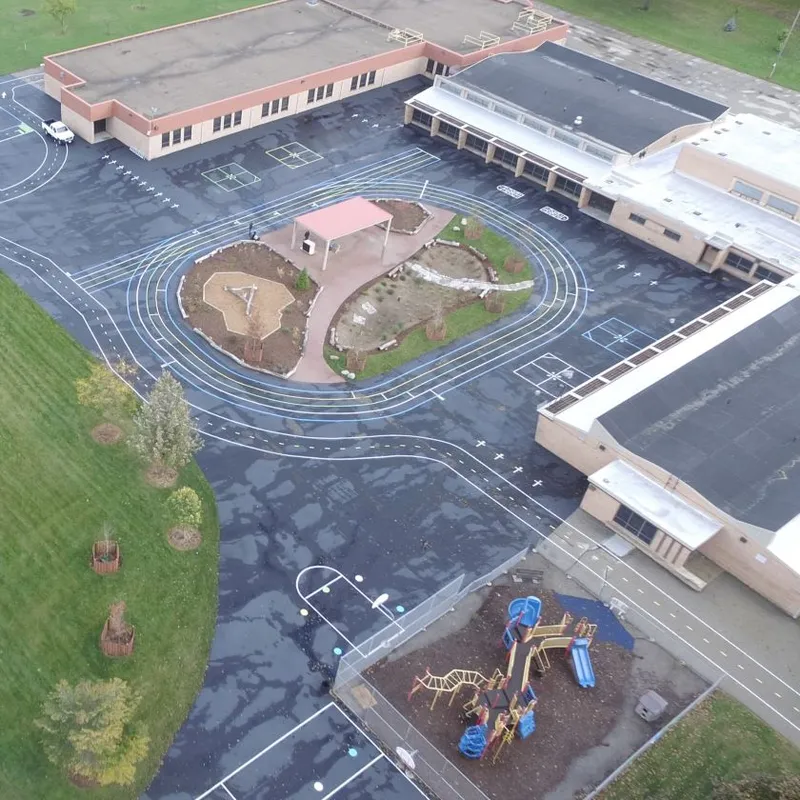
Follow a recent municipal example of implementing a Green Infrastructure Comprehensive Plan, from modeling and evaluating the need and location for GI, through design and funding, to planning and scheduling for maintenance.
Bioswale Development and Maintenance
AQUALIS provides bioswale construction and restoration beginning with a thorough site assessment to analyze existing conditions. Utilizing hydrologic calculations, our Engineering Services Division can best understand the water flow and movement before and after implementation. Working directly with local regulators, AQUALIS will ensure your project complies with local and federal regulations while securing funding. Following best practices, regular inspections and testing and developing a long-term Operations and maintenance agreement ensures your bioswale project properly manages stormwater for years to come.
Bioswale systems provide water protection and conservation through stormwater quality benefits. Some of the benefits of bioswales include:
- Efficient And Effective Pollutant Removal
- Reduction of Runoff
- Groundwater Recharge
- Increased Water Quality and Biodiversity
- Creates Greenspace and Improves Site Aesthetics
- Increased Biodiversity
- Flexibility In Design Layout and Scale
- Good Option for Retrofit of Existing Infrastructure
- Relatively Low Maintenance

Managing Green Infrastructure on Your Property
Using our certified stormwater best management practices inspection, our specialized maintenance professional will manage and submit all the necessary inspections and required annual reports for you, to ensure the highest level of stormwater compliance is met. Contact us to help you properly plan, develop, install, and maintain your bioswale stormwater system.
Systems We Maintain
An alternative stormwater control measure that closely emulates a naturally occurring wetland therefore improving our water bodies.
A type of bioretention that is best suited for smaller sites to treat stormwater runoff.
Zones located along river banks that provide important habitats for wildlife, limit erosion and help to mitigate flooding events.
An alternative to traditional asphalt or concrete, permeable or porous pavement materials are designed to allow water flow around them into a stone media, or through the pavement.
Media filtration systems used to treat stormwater runoff and improve water quality.
An alternative to traditional roofs, green roofs incorporate areas traditionally underutilized for stormwater management, through capture, storage and evapotranspiration of stormwater.
The design and use of plants native to the site location as a long-term sustainable solution to manage rainwater and stormwater runoff.
Applied to improve soil performance, increase water absorption to allow vegetation to develop a desirable deep and healthy root system, and mycorrhizal network development.
A series of bioretention step-pools designed atop a porous stone media bed, to convey, control and treat stormwater runoff while protecting site soils from erosion.
An operation and maintenance plan details the necessary training, management, budgeting and maintenance requirements to successfully operate GSI, vegetation and stormwater systems.
Bioretention Remediation- Salisbury, Maryland
Bioretention cells on this property were clogged resulting in a collection of pollutants. The property owners was issued an NOV to restor the celss and improve water quality
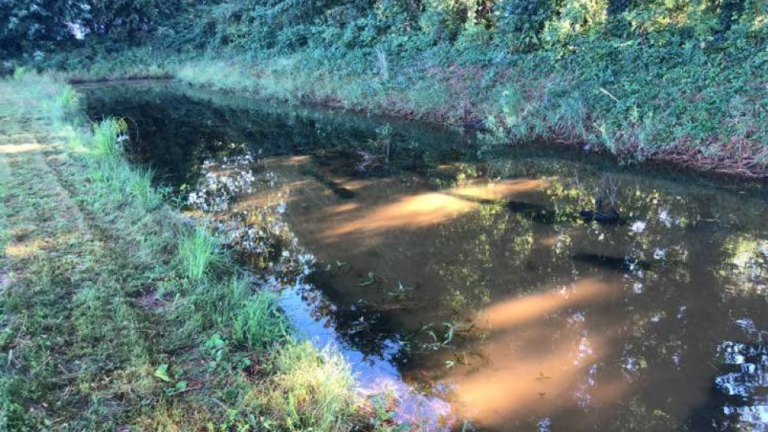
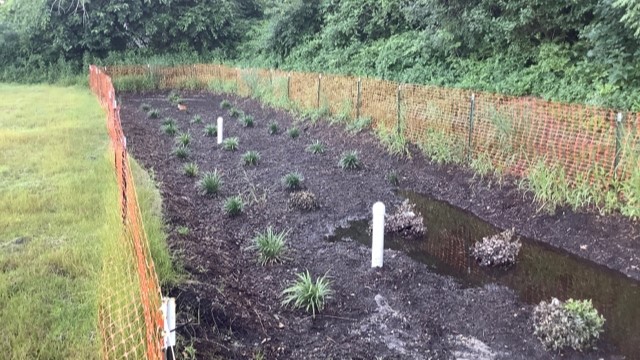
Did you receive an NOV? Have an urgent need? We can help.
Reach out to an AQUALIS representative today.
